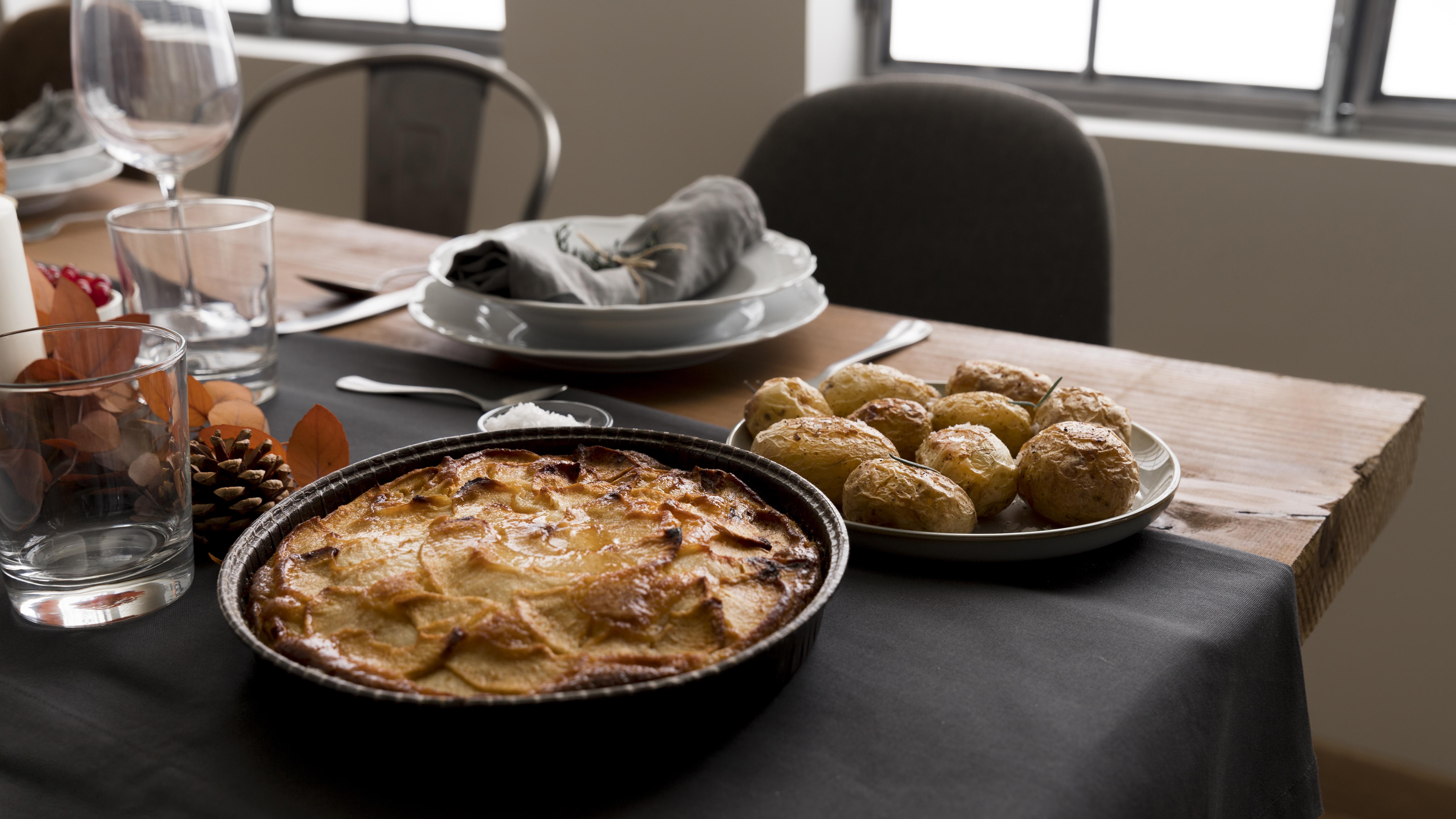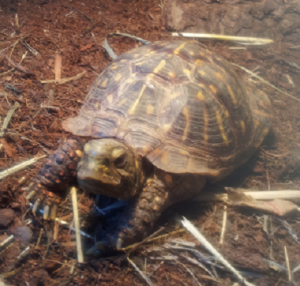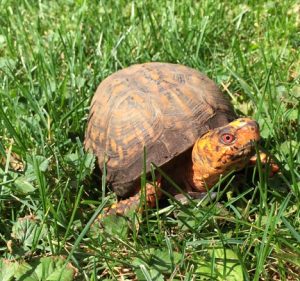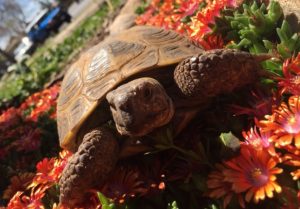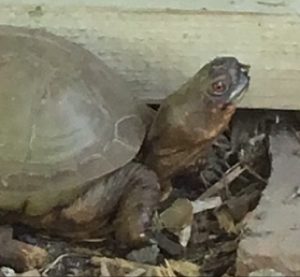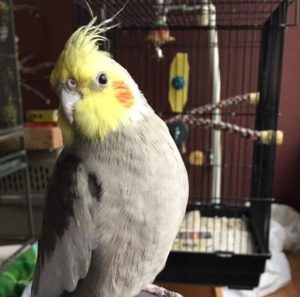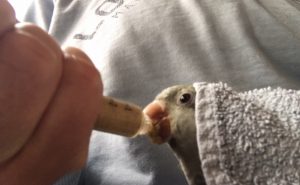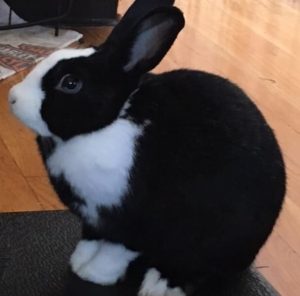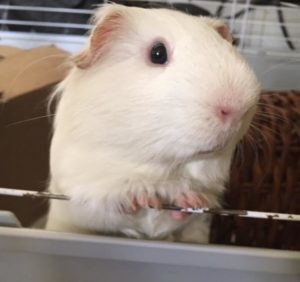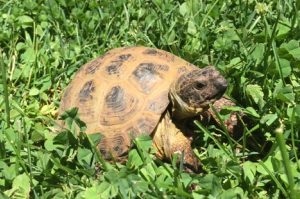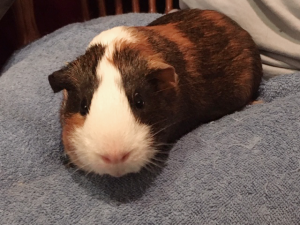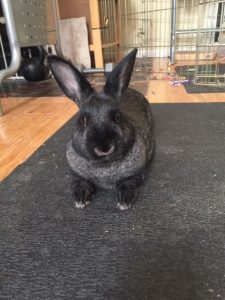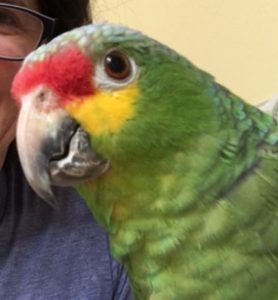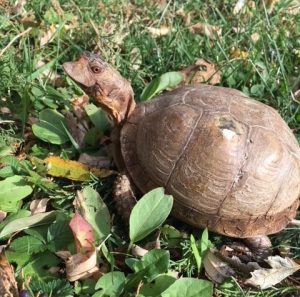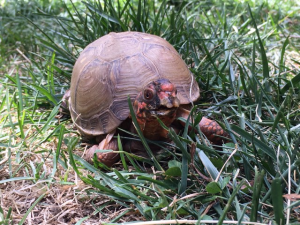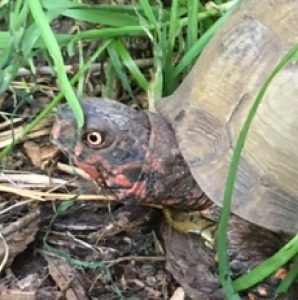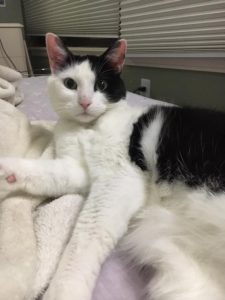Holiday Dinner Foul Play
It is the time of year that I am unfortunately reminded of two articles. The first is titled There’s a grim reality behind your Thanksgiving turkey (Los Angeles Times Editorial Board) and the second article is titled Torture and Terror: Why Thanksgiving Is Tough For Turkeys (Katie Rucke).
Judging from the excessive volume of turkey consumption, particularly this time of year, most of us have not given much thought to the process involved in getting a turkey to the center of our dinner tables. It isn’t that we don’t love animals. We spoil our pets and take delight in watching the birds at our feeders or the dolphins jumping out of the oceans. So why the disconnect? As children, we listened with delight to stories such as The Ugly Duckling and have natural compassion for animals. But there is a hidden conspiracy regarding our food. We see packaging and commercials with happy farm animals. For example, smiling cows offering us ice cream and cheese. Our parents, our teachers and most textbooks do not challenge these images. The dietary guidelines provided by our government promotes meat and meat products as being our primary source of protein. Do your research to find out which industries influence the nutritional guidelines dispensed by our government. We seem indoctrinated to be complacent about our food sources. It’s time to learn about what really happens to the animals before they end up on our plates.
An article I recently read stated that approximately ninety nine percent of the turkeys found in our grocery stores and therefore consumed in the United States were raised on a factory farm. A turkey’s life in a factory farm is challenging from the start. The literature consistently states that turkeys are debeaked and detoed shortly after birth without any medications. This is done to eliminate the physical damage that occurs from fighting resulting from the overcrowded and unnatural living conditions. The male turkeys also have their snoods removed without medications. The living conditions are so stressful that cannibalism has been reported within factory turkey farms.
A July 2019 article by Martha Rosenberg titled Are Factory Farmers Winning The Antibiotics War? stated “Antibiotics allow livestock growers to raise animals in unsanitary, confined conditions that would otherwise kill or sicken them.” Antibiotics are also given to reduce the quantity of feed necessary to raise a turkey and to help them gain weight faster. Many recent articles have expressed concern with respect to human antibiotic resistance resulting from consuming antibiotics via animal consumption, including turkey consumption.
The turkeys grow at very fast rates to weights that are more than twice what they were a few decades ago. Katie Rucke’s article stated “In the report, the investigator said turkeys were bred to grow obese so quickly that the hens were no longer able to mate naturally, and had to be artificially inseminated — a process which involves grabbing hens by their legs, shackling them upside down, and inserting a plastic tube into the bird. These hens will spend their lives beingartificially inseminated over and over again to continually lay eggs that will hatch young turkeys to be raised and slaughtered for food, including Thanksgiving dinners.”
The Los Angeles Times Editorial Board article stated “Turkeys and so-called broiler chickens are genetically bred to grow fast (to satisfy our love for breast meat) and, typically, grow so big that they can barely walk by the time they are killed. As a result, they can suffer from painful skeletal disorders and leg deformities. The vast majority spend their short lives in artificially lit, windowless, barren warehouse barns.” They live that way until they are crammed onto trucks to be shipped to the slaughterhouse. Their journey (hours long) without food and water often takes place in extreme weather conditions. The article also states “When it’s time to slaughter them, the live birds are shackled upside down on a conveyor belt, paralyzed by electrified water and then dragged over mechanical throat-cutting blades. The birds are supposed to be stunned unconscious by the electrified water, but that doesn’t always happen. Sometimes the birds miss the blades and end up tumbling into the tanks of scalding water, where they drown.” Other articles confirm these slaughterhouse procedures and consequences. Poultry slaughterhouses in the United States process turkeys at a pace up to fifty-five birds per minute. Imagine working in a turkey slaughterhouse, or any slaughterhouse for that matter.
How ironic that we sit around the Thanksgiving table with our family and friends talking about what we are thankful for while a turkey is often in the middle of the table. We are not the only sentient animal that inhabits Earth that has feelings and families. Shame on us for the disconnect.


